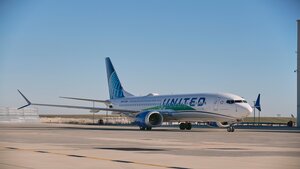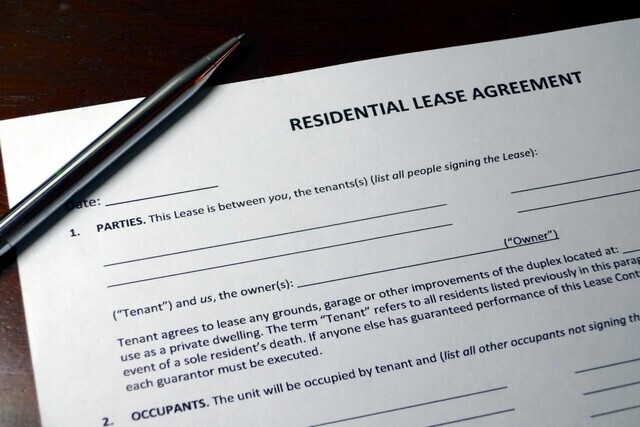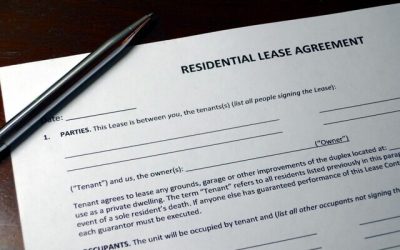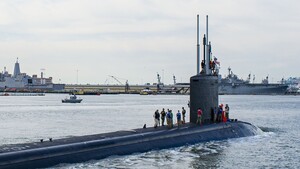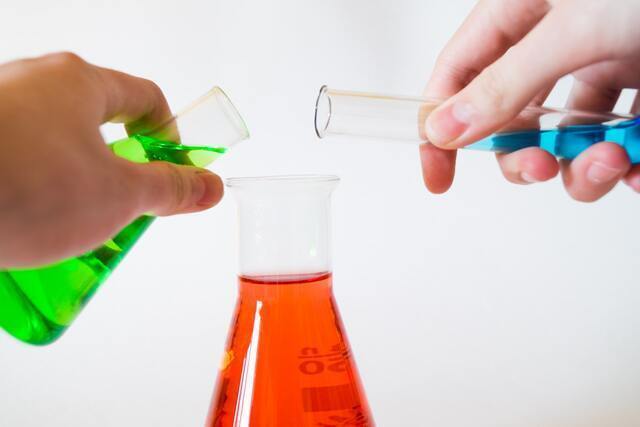For the first time ever, a business aircraft flew all through the Atlantic Ocean without the use of fossil fuels.
Virgin Atlantic stated the check flight Tuesday from London to New York turned great with the useful resource of sustainable aviation gasoline, or SAF, a massive class of jet gas that creates fewer carbon emissions than famous kerosene blends.
The gas in this flight is made from waste fat and plant sugars and emits 70% less carbon than petroleum-based jet fuel, in keeping with a press release. It landed at John F. Kennedy International Airport on Tuesday afternoon.
Experts say sustainable aviation fuels may subsequently play a massive function in shrinking the aviation enterprise’s carbon footprint — despite the truth that its production is minuscule these days. SAF money owed for about zero.1% of airways’ cutting-edge-day gasoline consumption.
“SAF is a notable factor of the transition for aviation [to zero carbon emissions], and it’s especially vital this decade,” stated Andrew Chen, primary for aviation decarbonization on the Rocky Mountain Institute, a smooth-electricity think tank. “But today, our massive difficulty is we don’t make enough SAF.”
Virgin Atlantic’s 100% SAF flight is a one-time stunt, and the airline obtained’t frequently provide all-SAF flights. Standard jet engines aren’t designed to run on most effective sustainable gas, and it’s miles too pricey and uncommon for it to be practical for airways to run all-SAF routes.
Still, Chen says it’s a milestone. “It’s a absolutely essential flight to awareness on the improvement that’s being made, the want for extra SAF and the critical function they could play in decarbonizing aviation,” he stated.
A bridge to zero-carbon flight
Sustainable aviation fuels are an extensive category that consists of biofuels made from uncooked substances such as corn, animal fats, algae, municipal trash, and sewage. By definition, they have to emit a minimum of 50% less carbon than petroleum-based, totally jet gas, in accordance with federal guidelines.
But all of these fuels nonetheless produce some emissions. SAF, on its own, will now not get the airline organisation to zero carbon emissions.
To do that, the industry will have to extend new technologies as a way to permit planes to run on electric-powered batteries, liquid hydrogen, or a few distinctive, however unproven fuels. But it will take years of research to absolutely broaden those technologies, and it will take a long time more for airlines to completely replace their present fleets with planes that could run on new fuels, in step with Chen.
In the period in-between, existing planes will keep strolling on liquid fuel. “There’s no getting spherical having to burn a fuel, so SAF is our way to displace fossil fuels” and decrease planes’ carbon emissions now, Chen said.
An on-the-spot solution
The predominant gain of SAF is that they’re “drop-in” fuels, that means they’re capable of have an effect right away because they may be combined with fashionable jet gasoline and poured into engines.
But there’s a limit on how an entire lot sustainable gasoline a general jet engine can take, consistent with Chen. Petroleum-based totally jet gasoline incorporates fragrant compounds that maintain jet engines walking properly. Many variations of SAF don’t have those compounds.
To perform the flight powered best with the aid of way of SAF, Virgin Atlantic mixed a fats-primarily based biofuel with a piece of plant-based “synthetic aromatic kerosene,” a shape of sustainable aviation fuel made from plant sugars that has the aromatic compounds needed to keep a jet engine on foot easily.
The absence of aromatics is an obstacle for a one hundred% SAF flight, however Chen calls that a “champagne problem.” First, he said, the enterprise has to determine out the manner to ramp up sustainable gasoline manufacturing simply so it makes up greater than 0.1% of jet gasoline.
“I would really like it if we have been speakme about the fact that we’re bumping up in opposition to blending limits,” he said. “But we’re no longer there but. We although have masses of work to do.”
SAF delivery and contact are limited
The SAF market is small and growing slowly. Chen says it suffers from a fowl-and-egg problem: Airlines don’t want to buy SAF due to the fact it may be numerous times more expensive than modern day aviation gas. And gasoline refiners don’t need to invest in new production facilities — that can deliver down the price of sustainable fuels — due to the fact there isn’t sufficient name for from airlines.
Governments and enterprise businesses are trying to interrupt that impasse and jump-start the growth of the SAF market.
In america, the Inflation Reduction Act gives tax credits to airlines that purchase SAF, on the equal time because the European Union has exceeded legal guidelines requiring airlines to use them. In Europe, airlines have to use 70% SAF by way of the usage of 2050.
Meanwhile, the World Economic Forum has led an corporation push to create carbon credit score primarily based totally on SAF income. Through an tricky accounting framework, airlines can calculate what number of carbon emissions they’re averting thru their use of sustainable fuels and sell those credit to groups or passengers who want to offset the emissions they generate thru flying.
“We see masses more hobby, masses more hobby and investment and bulletins round SAF partnerships, joint ventures and prolonged-time period off-take agreements,” Chen said. “
So a lot of these gadgets are genuine symptoms, however we’re although within the early part of growing this marketplace to what it desires to be.”

